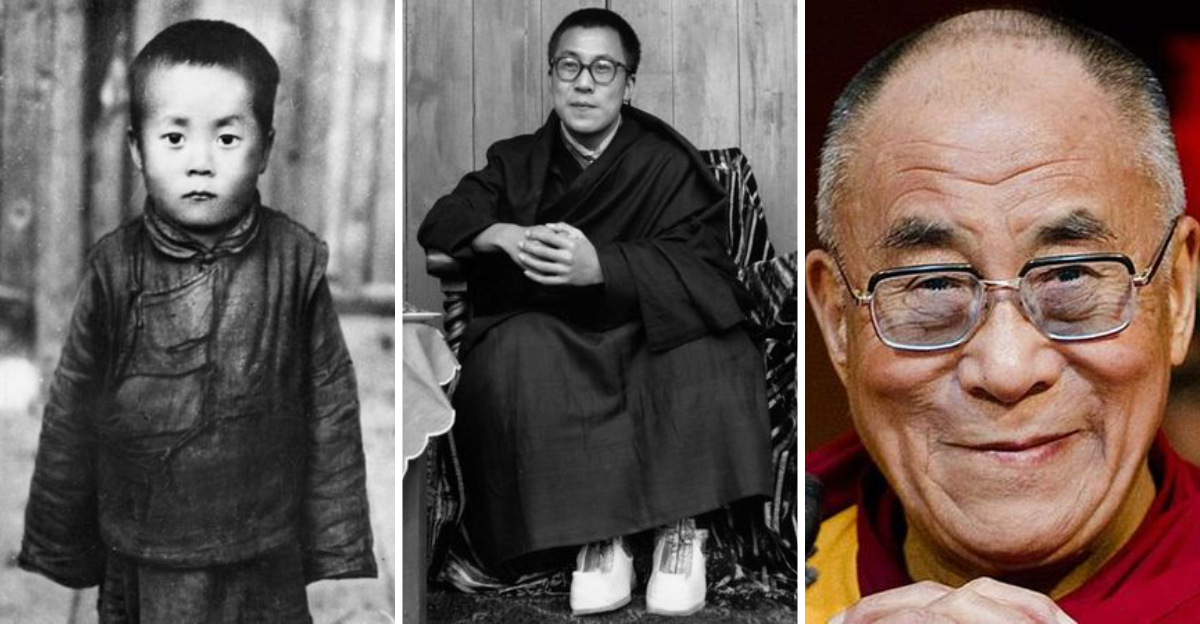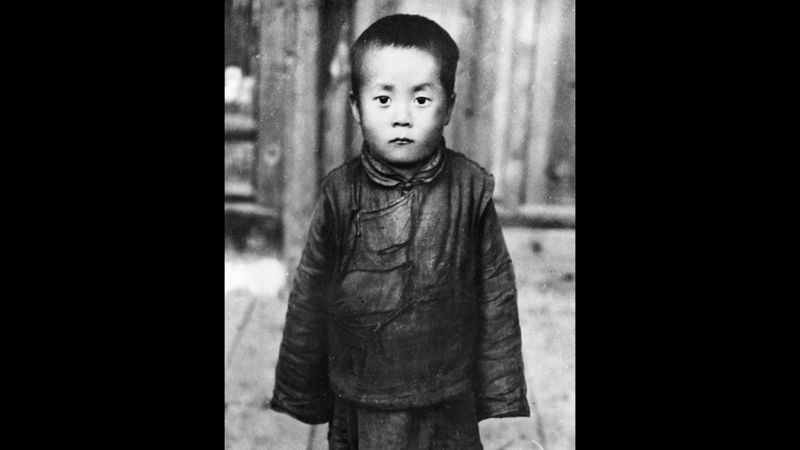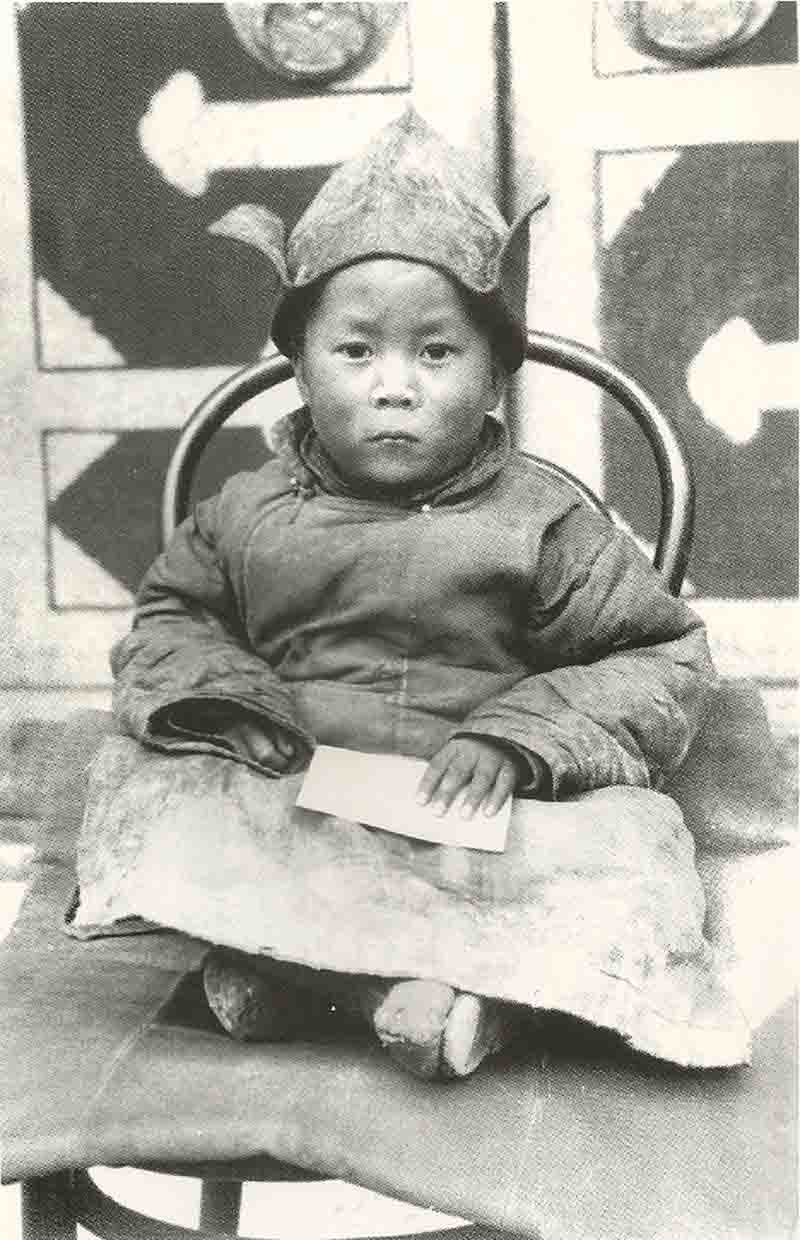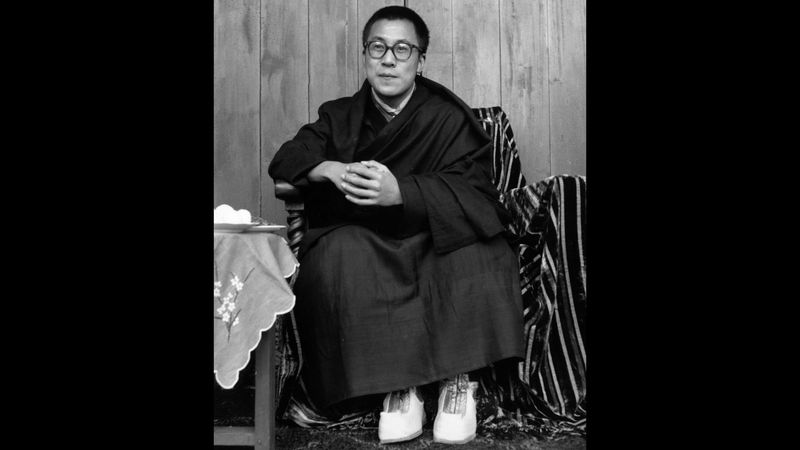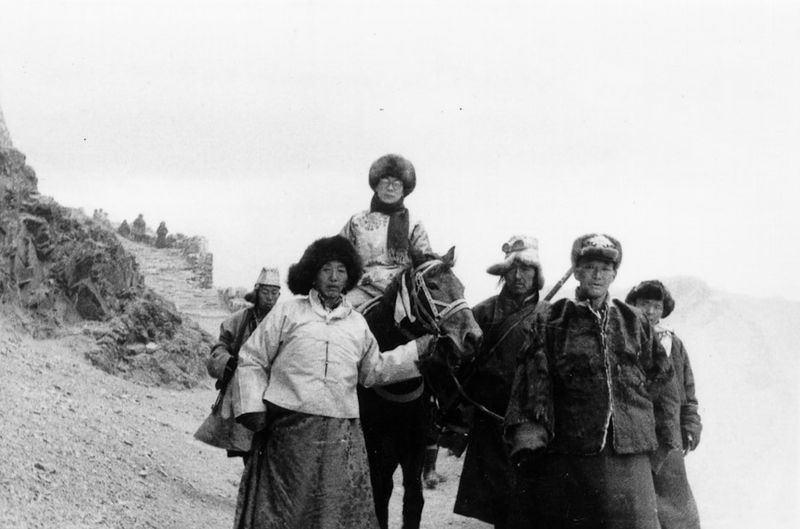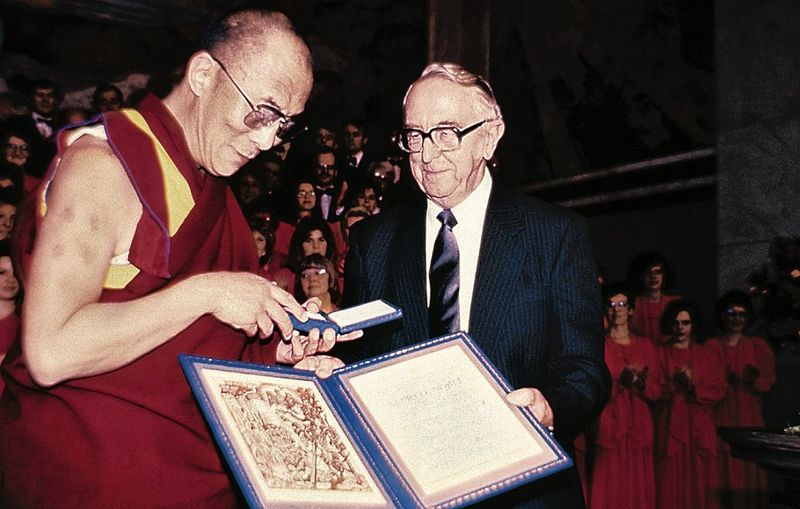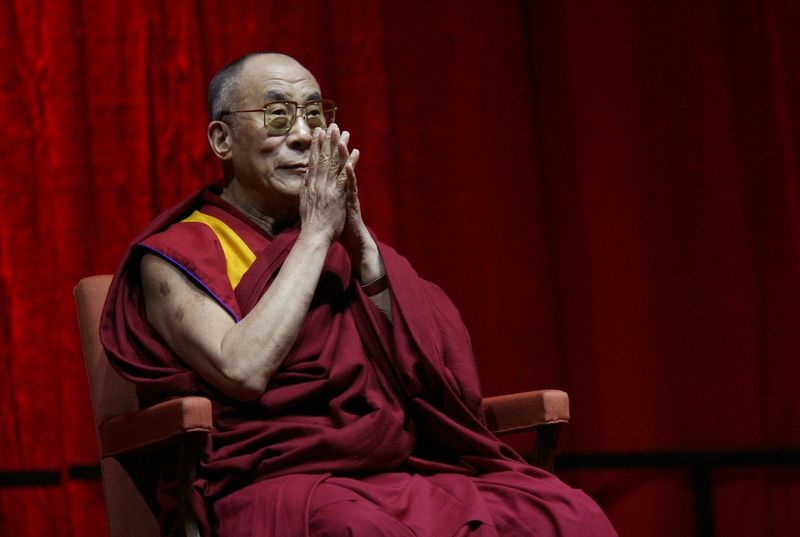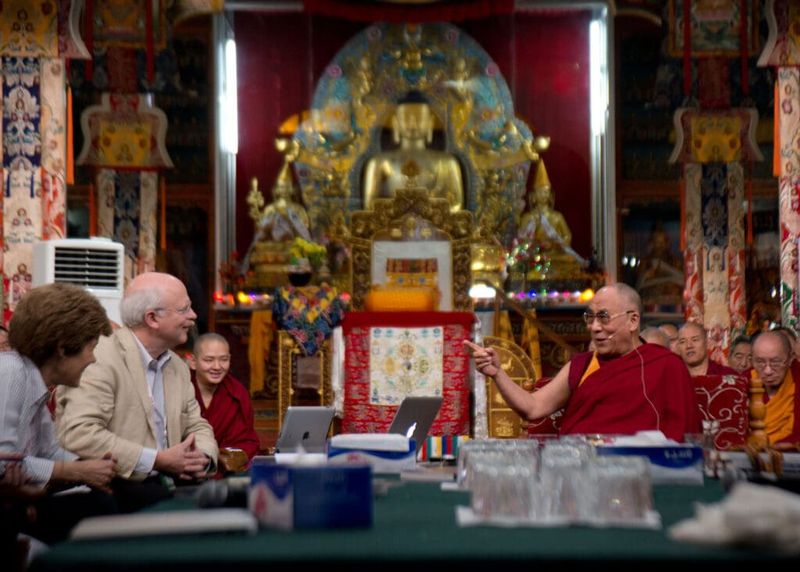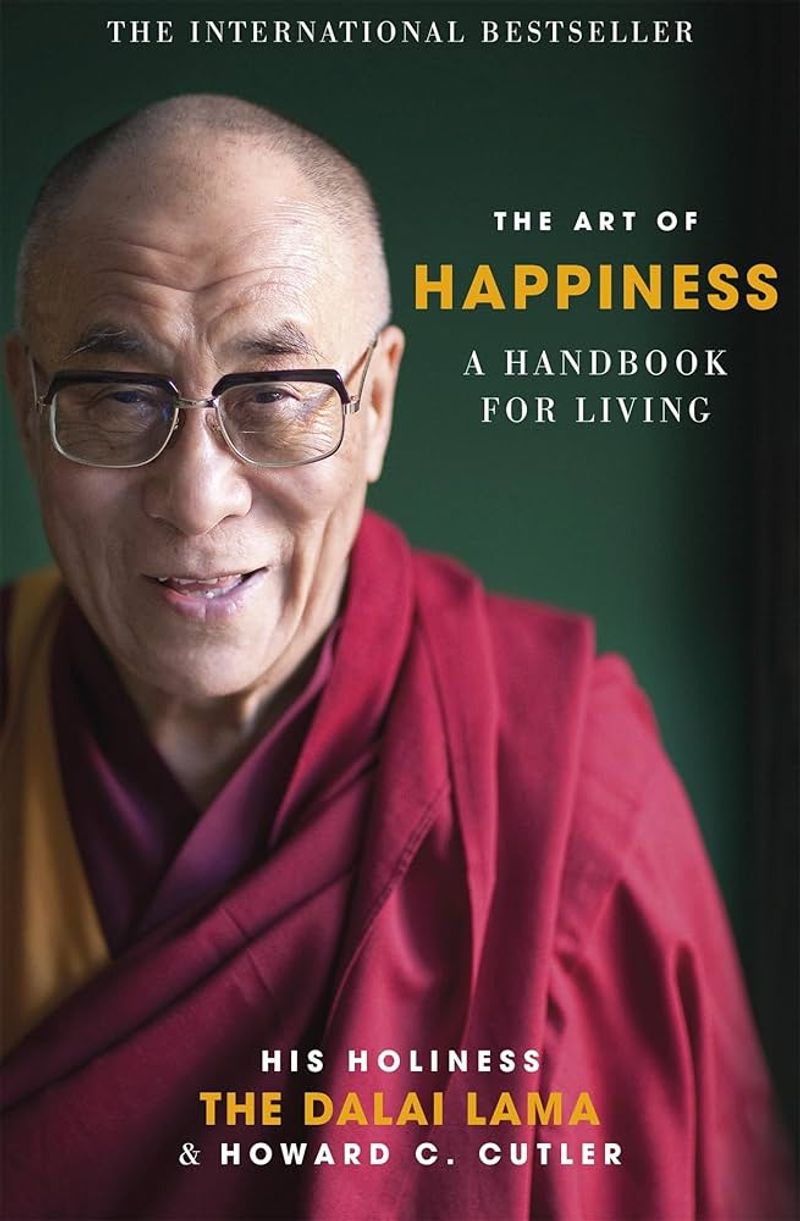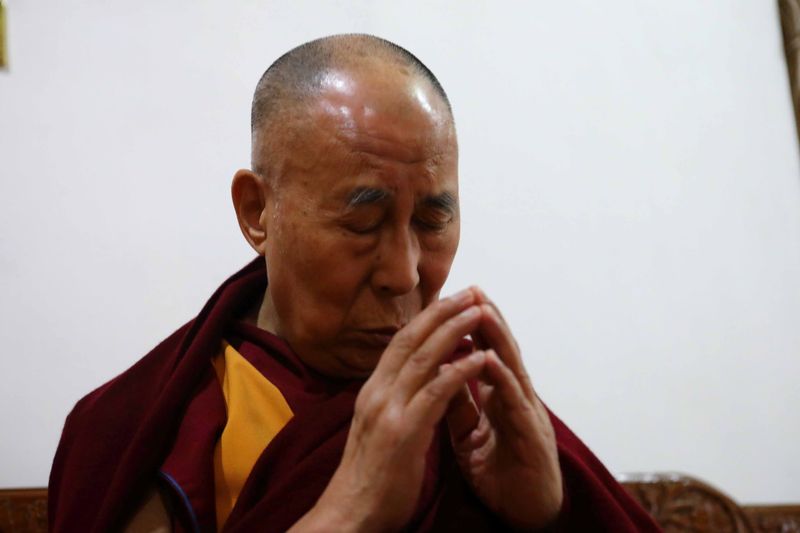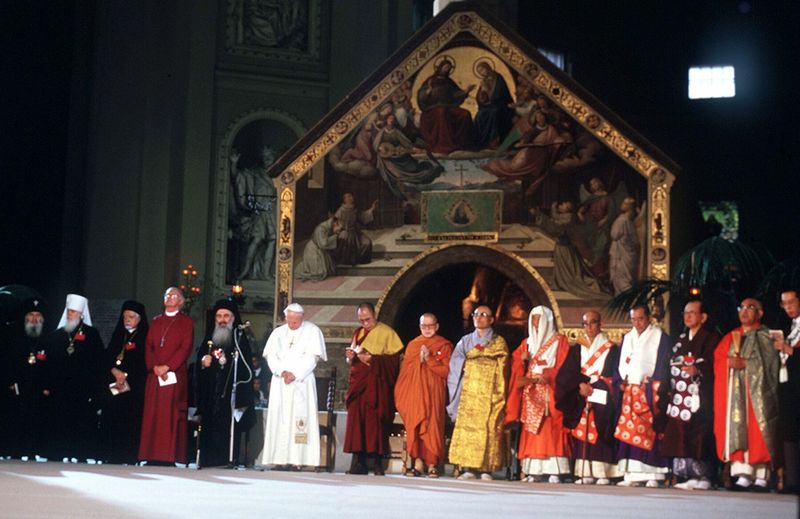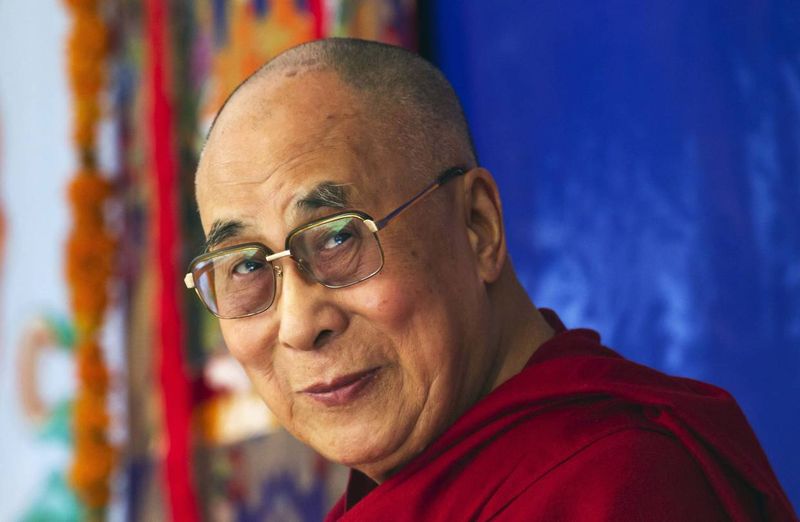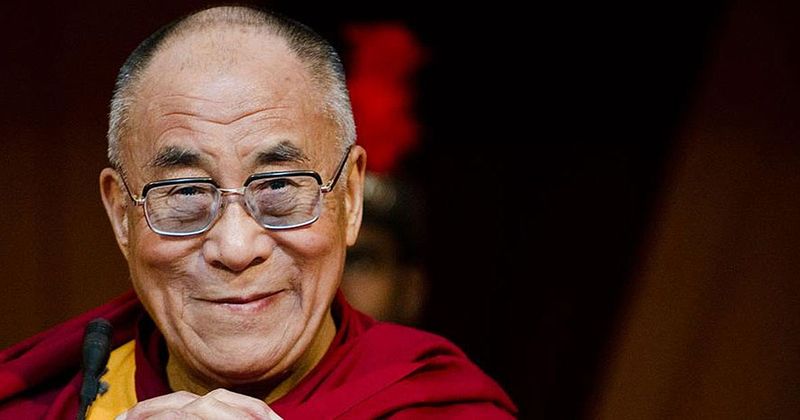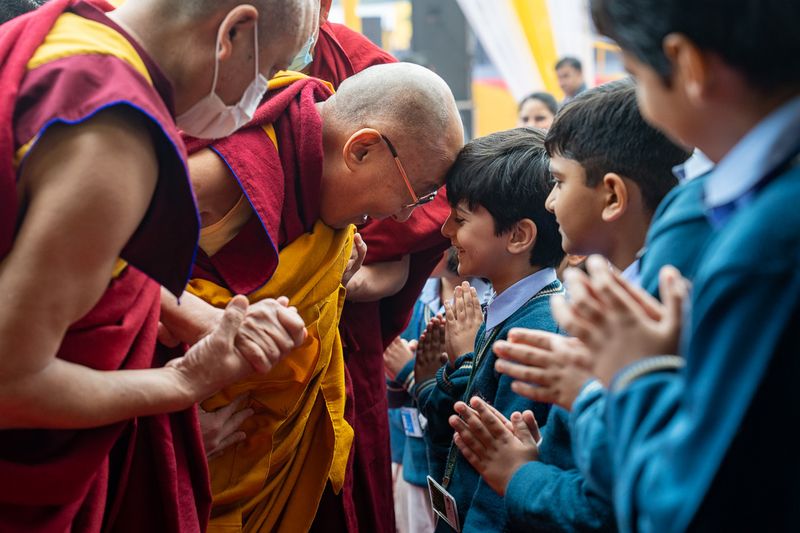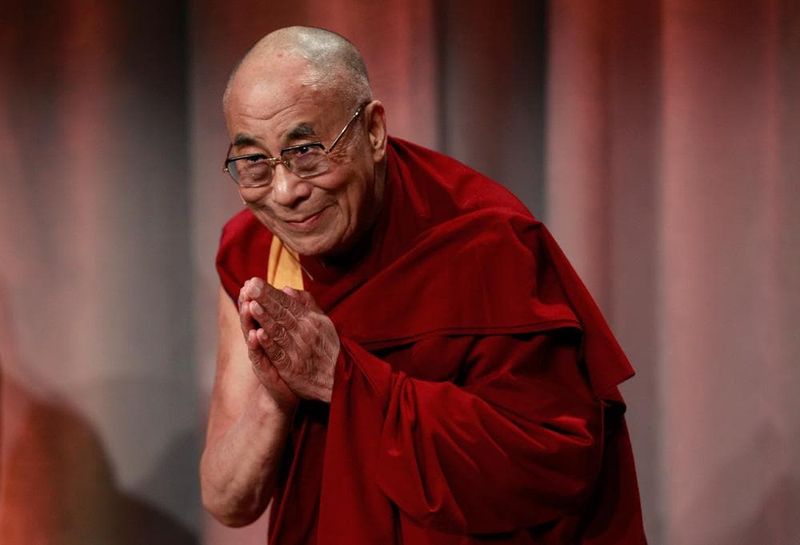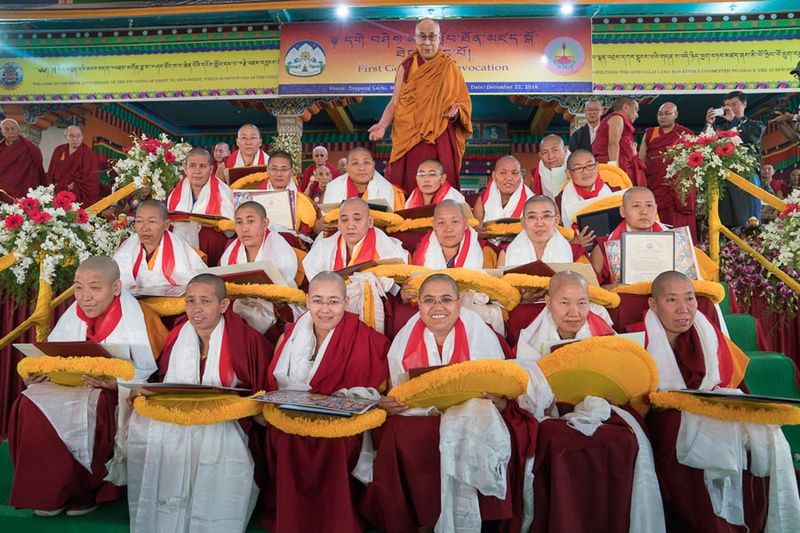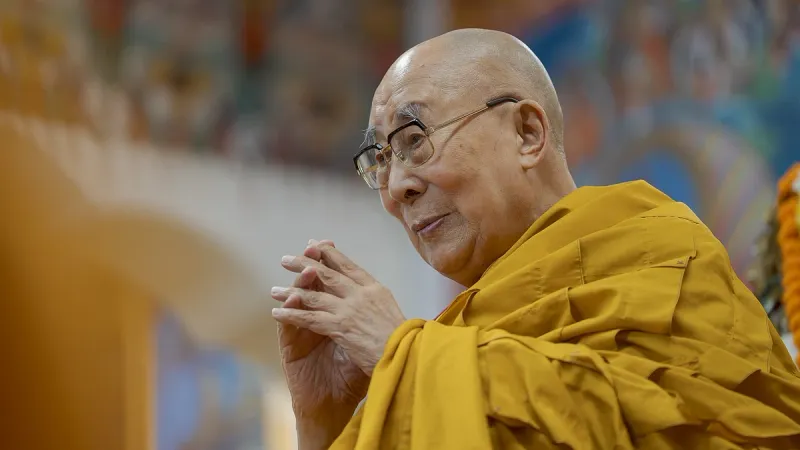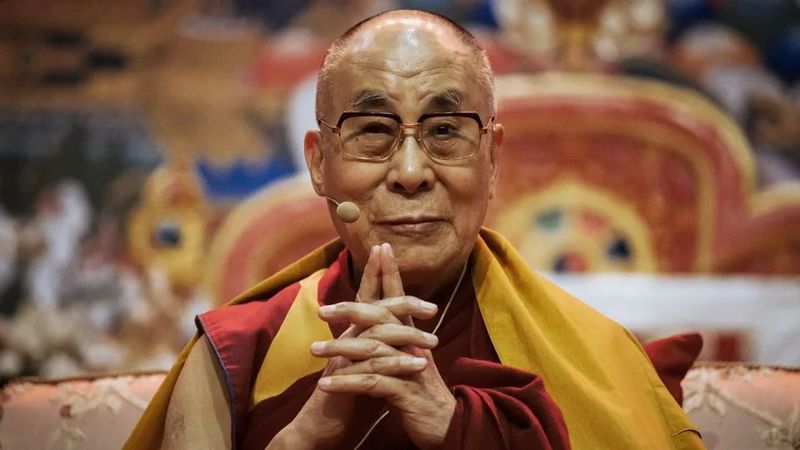The Dalai Lama is one of the world’s most recognized spiritual figures, known for his wisdom, compassion, and advocacy for peace. As the spiritual leader of Tibet and a global ambassador for kindness, his life journey contains remarkable chapters that have inspired millions. From his early recognition as a reincarnated leader to his ongoing global influence, these facts reveal the extraordinary path of this humble Buddhist monk.
1. Farm Boy to Spiritual Leader
Born Lhamo Dhondup on July 6, 1935, in the tiny village of Taktser in northeastern Tibet, the future Dalai Lama began life as a simple farm boy. His family lived in a stone-and-wood farmhouse, growing barley and potatoes in the high-altitude fields. As the fifth of sixteen children, nothing initially marked him as extraordinary. His parents were hardworking farmers with no formal education, living a traditional Tibetan lifestyle far from the religious capital of Lhasa. Little did they know their son would soon be recognized as the reincarnation of Tibet’s most important spiritual figure.
2. Discovered at Age Two
When the 13th Dalai Lama passed away in 1933, Tibetan monks began a nationwide search for his reincarnation. Following sacred signs and visions, they were led to little Lhamo’s doorstep in 1937. The toddler, not yet three years old, recognized the disguised monks and correctly identified possessions belonging to the previous Dalai Lama. One monk, dressed as a servant, was greeted by name by the child. When presented with several similar items, the boy consistently chose those that had belonged to his predecessor. These remarkable demonstrations convinced the search party they had found their spiritual leader.
3. Teenage Political Leader
Thrust into political leadership at just 15 years old, the young Dalai Lama faced an impossible situation. The year was 1950, and Chinese troops had invaded Tibet, claiming it as Chinese territory. While most teenagers worry about school exams, he was negotiating with Chairman Mao and the Chinese government over the fate of his nation. Without formal training in international diplomacy, he traveled to Beijing to meet with Chinese leaders. His advisors were divided on how to respond to the occupation. Despite his youth, he showed remarkable composure during this crisis, attempting to find a peaceful solution while preserving Tibetan culture and autonomy.
4. Dramatic Escape to India
March 1959 marked a turning point in the Dalai Lama’s life when he fled Tibet under cover of darkness. Following a failed uprising against Chinese rule, he received intelligence that his life was in danger. Disguised as a common soldier, he slipped out of the Norbulingka Palace while thousands of Tibetans surrounded it, inadvertently creating a protective diversion. The perilous journey took him across the Himalayas on foot and horseback. For two weeks, his small party navigated treacherous mountain passes, traveling at night to avoid detection. Finally crossing into India on March 31, he was granted asylum by Prime Minister Nehru, beginning his life in exile.
5. Nobel Peace Prize Recipient
Standing before the Nobel Committee in Oslo on December 10, 1989, the Dalai Lama accepted the world’s most prestigious peace prize with characteristic humility. “I am no one special,” he insisted, despite being recognized for decades of nonviolent resistance to Chinese occupation. His acceptance speech emphasized universal responsibility and compassion rather than focusing on Tibet’s political situation. The $450,000 prize money went entirely to charitable causes, including relief for victims of India’s devastating earthquake. This recognition catapulted him further onto the world stage, bringing greater international attention to Tibet’s plight while cementing his reputation as a global advocate for peace, nonviolence, and human rights.
6. Champion of the Middle Way
Rather than demanding complete independence for Tibet, the Dalai Lama advocates what he calls the “Middle Way Approach.” This pragmatic policy seeks genuine autonomy for Tibetans within China’s framework, allowing Tibetans to preserve their unique culture, language, and religion while acknowledging Chinese sovereignty. This position has drawn criticism from both sides. Some Tibetan independence activists consider it too conciliatory, while Chinese authorities dismiss it as a disguised bid for separation. Despite these challenges, he maintains that this balanced approach offers the most realistic path forward. Through countless international forums, he continues promoting this vision of coexistence, demonstrating remarkable political flexibility despite decades of exile.
7. Science Enthusiast
“If scientific analysis contradicts Buddhist understanding, Buddhism must change.” This bold statement reveals the Dalai Lama’s uncommon openness to scientific inquiry. Unlike many religious leaders, he eagerly engages with neuroscientists, quantum physicists, and cosmologists to explore the nature of reality. He once revealed that if he hadn’t become a monk, he might have pursued engineering. This fascination with mechanics began in childhood when he repaired watches and tinkered with cars belonging to the 13th Dalai Lama. Since the 1980s, he has hosted the Mind and Life Dialogues, bringing together Buddhist scholars and scientific researchers to explore consciousness, emotions, and the intersection of contemplative practice with neuroscience.
8. Author of 100+ Books
Few realize the Dalai Lama has authored over 100 books, making him one of the most prolific spiritual writers alive. His literary works span from accessible introductions to Buddhism to deep philosophical treatises on consciousness and reality. Many mornings, he rises at 3:30 AM to write before his other duties begin. His bestseller “The Art of Happiness,” co-authored with psychiatrist Howard Cutler, spent nearly two years on the New York Times bestseller list. Unlike many celebrity authors, he donates most royalties to humanitarian causes. What makes his writing unique is how it bridges Eastern wisdom with Western psychology, offering practical advice for modern living while maintaining traditional Buddhist insights.
9. Early Riser with Ironclad Routine
While most of the world sleeps, the Dalai Lama’s day begins at 3:00 AM with the ring of an alarm clock. This extraordinary early start isn’t occasional—it’s been his unwavering routine for over 80 years. The pre-dawn hours are dedicated to meditation, starting with analytical practices that examine the nature of reality. By 5:00 AM, he’s completed several hours of contemplative practice before enjoying a simple breakfast, often tsampa (roasted barley flour) or porridge. His morning continues with Buddhist scripture study and administrative work. This disciplined schedule allows him to complete more spiritual practice in a week than many accomplish in months, demonstrating his commitment to inner development despite his busy public life.
10. Bridging Religious Divides
“All major religious traditions carry the same message of love, compassion, and forgiveness.” This core belief has made the Dalai Lama an unexpected champion of interfaith harmony. Despite being Buddhism’s most recognized figure, he regularly participates in prayers with Christian, Muslim, Jewish, Hindu, and Sikh leaders. During a historic 1986 gathering in Assisi, Italy, he joined Pope John Paul II and other religious leaders to pray for world peace. When visiting Jerusalem’s Western Wall, he placed a prayer note between the ancient stones, honoring Jewish tradition. What separates him from many religious figures is his insistence that people should generally maintain their birth religion rather than converting to Buddhism—an unusual position for a spiritual leader.
11. Environmental Advocate
Long before climate change became a global concern, the Dalai Lama was sounding the alarm about environmental degradation. Witnessing firsthand how the Tibetan plateau—the source of Asia’s major rivers—was affected by rising temperatures, he began speaking about ecological responsibility in the 1970s. “This blue planet is our only home,” he often reminds audiences. His environmental ethics blend Buddhist principles of interdependence with practical conservation advocacy. Unlike many environmental messages focused on doom, his approach emphasizes our shared responsibility to future generations. He practices what he preaches too—his residence in Dharamsala uses solar power, and he has supported tree-planting initiatives across the Himalayan region.
12. Philosopher of Universal Responsibility
“Universal responsibility is the key to human survival.” This concept, developed by the Dalai Lama over decades, suggests that every person bears responsibility not just for their family or nation, but for all humanity and the planet itself. It’s a radical expansion of ethical thinking beyond traditional boundaries. During the COVID-19 pandemic, he donated to relief efforts and emphasized how the crisis revealed our fundamental interconnectedness. When receiving his vaccination, he publicly encouraged others to do the same as an act of compassion. What makes his philosophy distinctive is how it merges ancient Buddhist wisdom about interdependence with modern global challenges, creating an ethical framework that transcends religious differences.
13. Education Reformer
“Modern education focuses too much on material goals and neglects inner values.” This critique forms the foundation of the Dalai Lama’s educational philosophy. Dissatisfied with systems that prioritize test scores over character development, he has championed a revolution in learning that integrates ethical development with academic knowledge. His “Ethics for the New Millennium” curriculum has been implemented in schools across India and the United States. Unlike religious instruction, it teaches secular ethics based on common human values like kindness and responsibility. He personally funded schools for Tibetan refugee children, ensuring they maintain cultural identity while receiving modern education. These institutions uniquely blend contemporary subjects with traditional Tibetan knowledge systems.
14. Pioneer of Secular Ethics
Recognizing that many people don’t follow organized religion, the Dalai Lama developed what he calls “secular ethics”—a framework for moral living without religious requirements. “My religion is kindness,” he famously stated, distilling complex philosophy into a simple principle anyone can follow. This approach identifies universal values like compassion, forgiveness, and self-discipline that benefit practitioners regardless of their beliefs. Stanford and Emory Universities have partnered with him to develop curricula teaching these principles in secular settings. What makes his approach revolutionary is how it separates ethics from religious dogma, offering a path to moral development that works for believers and non-believers alike—a rare bridge in our increasingly polarized world.
15. Champion for Women’s Rights
“I call myself a feminist,” the Dalai Lama declared in 2009, surprising many with his progressive stance on gender equality. Unlike some religious leaders who shy away from women’s issues, he has consistently advocated for expanded female leadership in religious and secular contexts. He broke centuries of tradition by authorizing full ordination for Tibetan Buddhist nuns, giving them access to the same scholarly degrees previously reserved for monks. When asked if his successor could be female, he famously replied that a woman Dalai Lama might be even more effective, noting that women are naturally more compassionate. His support extends beyond Buddhism to promoting girls’ education and women’s healthcare initiatives worldwide.
16. Model of Simple Living
Despite his global fame and influence, the Dalai Lama maintains a lifestyle that would make minimalists proud. His personal quarters in Dharamsala, India consist of just a few simple rooms. His bed? A traditional Tibetan one that many Westerners would find uncomfortably firm. He owns approximately seven sets of his trademark maroon robes and rarely accepts expensive gifts. When traveling, he insists on modest accommodations rather than luxury suites. “I am just a simple Buddhist monk—no more, no less,” he frequently reminds audiences, despite having met with presidents and celebrities. This genuine simplicity stands in stark contrast to other spiritual leaders who accumulate wealth and live lavishly.
17. Global Influence at 85+
Few leaders maintain global relevance into their ninth decade, yet the Dalai Lama continues inspiring millions worldwide. His Twitter account boasts over 19 million followers—more than many celebrities half his age. When he celebrated his 85th birthday in 2020, world leaders and ordinary people alike sent tributes. Despite health challenges that have reduced his international travel, his message spreads through digital platforms and his representatives. Universities from Harvard to Oxford still study his teachings on compassion and mindfulness. His enduring influence transcends politics and religion, reaching environmentalists, peace activists, and mental health professionals. This remarkable staying power stems from his ability to communicate timeless wisdom in ways that speak to contemporary concerns.
